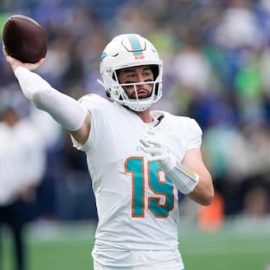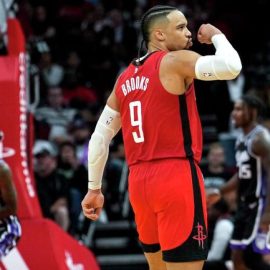Ok, a little obvious, but the broken leg in football is arguably becoming more and more common. Fortunately the days where a broken leg would mean the end of a player’s career are over. Nowadays, with increased television coverage, slow-motion replays and YouTube, the most famous instances of broken limbs are there for every sadist to view.
Of course the most obvious cause for a broken leg would be a particularly strong, high and mis-timed tackle (see Eduardo Da Silva for proof), but there are also more innocuous causes, Djibril Cisse for example suffered two horrific broken legs in 2004 & 2006 when playing for first Liverpool, and then France. In both cases there was no tackle as such made, simply a tangle of legs which caused the most graphic of breaks. The pain etched on Cisse’s face in both games remains ingrained in the mind of anyone who witnessed it I am sure.
Despite the horrific aesthetics of the injury, it can be argued quite vociferously that a broken leg is a (relatively) straightforward injury to sustain in terms of treatment and recovery. Obviously this is dependant on the nature of the break- for example David Busst of Coventry sustained compound fractures to both his tibia and fibula in a game against Manchester Utd in 1996– and of any complications afterwards (Busst was eventually forced to retire after picking up infection from a number of operations). The images of blood being washed from the Old Trafford pitch, Peter Schmeichel covering his face from the horror, and of course the famous image of Busst’s leg facing a direction it should never have had to, will again live long in the memory.
Recovery time for a broken leg is usually around six to ten months before full training can be resumed, with a plaster cast usually kept on for 12-16 weeks. Cisse’s first leg break, for Liverpool against Blackburn, happened in November 2004, and he returned to first team action in May 2005 (six months), just in time to play his part in Liverpool’s famous Champions League triumph over AC Milan in Istanbul. In contrast, Eduardo suffered his horrific break in February of this year, and is not expected to return to action until December at the earliest (ten months).
Other players to have suffered leg breaks (check YouTube for proof, you sick sick people) include: Henrik Larsson, Kieron Dyer (suffered his injury in August 2007 and hasn’t played since), Alan Smith (who, like Eduardo, combined his injury with a dislocated ankle, double ouch) & Luc Nilis (who had his career ended after a collision with Ipswich Town keeper Richard Wright.
Perhaps the most frustrating, and frightening, thing about a leg break is that there really is very little that a player can do to avoid it- short of cowering in the dressing room with a towel over their head. Referees are given directives on a seemingly weekly basis to clamp down on high tackles, and there has undoubtedly been an increase in red cards for tackles that 10-15 years ago might have been allowed to go. Still the old guard are not pleased, with several ex-footballers peddling the quite pathetic myth that “tackling is being forced out of the game”. I say, that if it puts an end to injuries like the one shown above, good!
Back to Football Injuries.
Add Sportslens to your Google News Feed!






